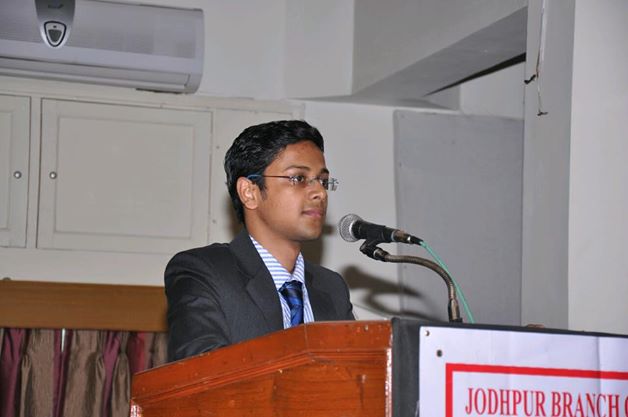| Article Section | |||||||||||
|
Home |
|||||||||||
GST Audit - An Overview |
|||||||||||
|
|||||||||||
GST Audit - An Overview |
|||||||||||
|
|||||||||||
As per provisions of Section 44 of CGST Act 2017, every registered person other that input service distributor, deductor of TDS or TCS, casual taxable person and non-resident taxable person shall furnish the annual return for every financial year by the end of 31st December following the end of the concerned financial year. Further the said section also mandates auditing of accounts in accordance with the provisions u/s 35 of the GST Act. Accordingly, Form 9C was notified vide Notification No 49/2018-CT which gives the form of reconciliation statement. Any Chartered accountant or the Cost Accountant appointed by the registered person can act as an auditor. GST law does not provide for any other constraint regarding the appointment or selection of auditor, however, as an auditor we need to understand the principles prevailing in the respective institute. GST auditor can be joint auditors. There may be separate auditors for the different registrations of the registered person. Internal auditors however, are not recommended to act as GST auditors. Every registered person is required to get its accounts audited. However, there are some exceptions. Input service distributor, deductor of TDS or TCS, casual taxable person and non-resident taxable persons are not required to get their accounts audited. Besides as per section 35 read with Rule 80, if the aggregate turnover is more than ₹ 2 crores then such registered person is required to get its accounts audited. Under GST audit is required to be uploaded in Form GSTR 9C. It is divided into two parts where Part A is a reconciliation statement and Part B is the certification by the auditor. The reconciliation statement is to reconcile the turnover declared in the audited financial statements with the turnover declared in the annual return along with the reasons of difference if any. Certification can be done by the auditor conducting statutory audit or the tax audit or it can be an auditor other than the existing auditor. Part A of the reconciliation statement is further divided into 5 parts, details of each is stated hereunder.
Part B is certification by a Chartered Accountant. There are two forms of certificates given in part B as-
Conclusively, GSTR 9C is a new statement with lots of details to be furnished and reconciled. It will require lot of time and effort and seems like a nightmare job. However, towards its positive side it is guidance for all the assessees and professionals to pre-plan their work for the coming years. Since it is the first year of audit, therefore it needs to be conducted to the best of one’s judgment. ---- CA Akash Phophalia 9799569294
By: CA Akash Phophalia - May 30, 2019
|
|||||||||||
| |
|||||||||||
 9911796707
9911796707

